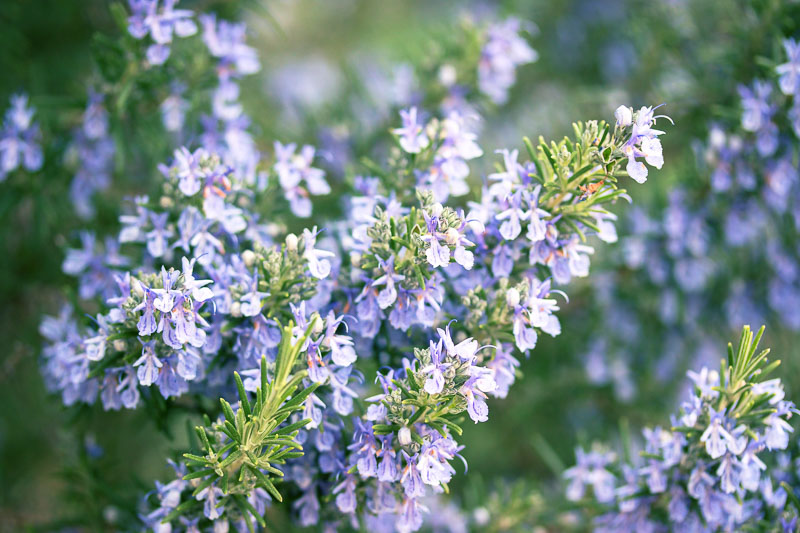Grow Rosemary: Aromatic Herb for Health and Garden Beauty
Rosemary, scientifically known as Rosmarinus officinalis, is a fragrant, evergreen herb that holds a special place in both the culinary world and home gardens. Native to the Mediterranean region, it’s valued for its aromatic leaves, which are used in a variety of dishes, and its ability to thrive in various conditions.
Appearance: Rosemary features needle-like leaves, rich green on top and silvery underneath. There are several varieties, each with unique growth habits and flavor profiles, from creeping (no more than 24 inches) to upright forms (up to 6 feet). During late winter or early spring, it produces small, blue, pink, or white flowers, adding to its decorative appeal.
Culinary Uses: Widely used in cooking, rosemary’s leaves impart a pungent, slightly bitter taste. It’s a staple in Mediterranean cuisine, perfect for flavoring meats, soups, bread, and oils. Fresh or dried, rosemary is versatile in the kitchen.
Landscaping Uses: Beyond its culinary use, rosemary is excellent for xeriscaping, as a fragrant addition to borders and herb gardens, or even as an ornamental plant in general landscaping. Find its best and worst companion plants.
Growing Conditions: Rosemary thrives in full sun and well-draining soil. It’s drought-tolerant once established, making it a great choice for water-wise gardens. It can be grown in the ground or in containers, making it accessible for various garden sizes and types. Master the art of growing and caring for Rosemary.
Health Benefits: Rosemary, a kitchen staple, also offers prized health benefits, including improving digestion, enhancing memory and concentration, and providing anti-inflammatory properties.
Wildlife: This wonderful herb attracts bees, butterflies, and other pollinating insects to the garden. It is not generally a plant that deer or rabbits seek out to eat, and it is safe for pets. Rosemary also has insect-repellent properties.

